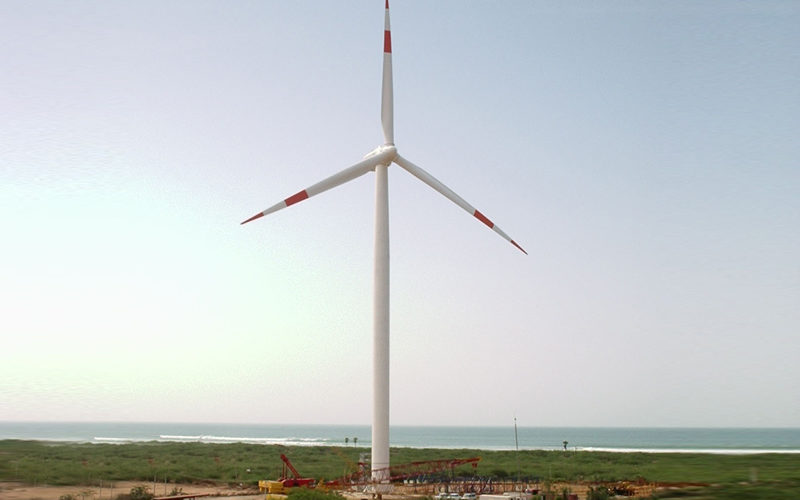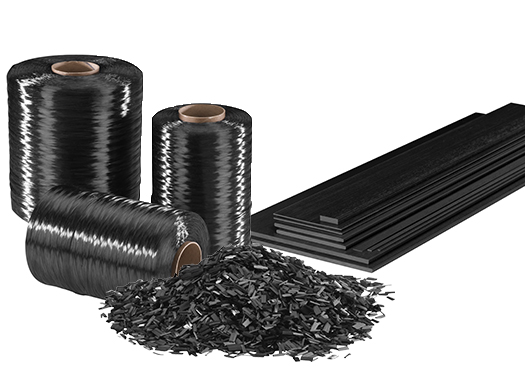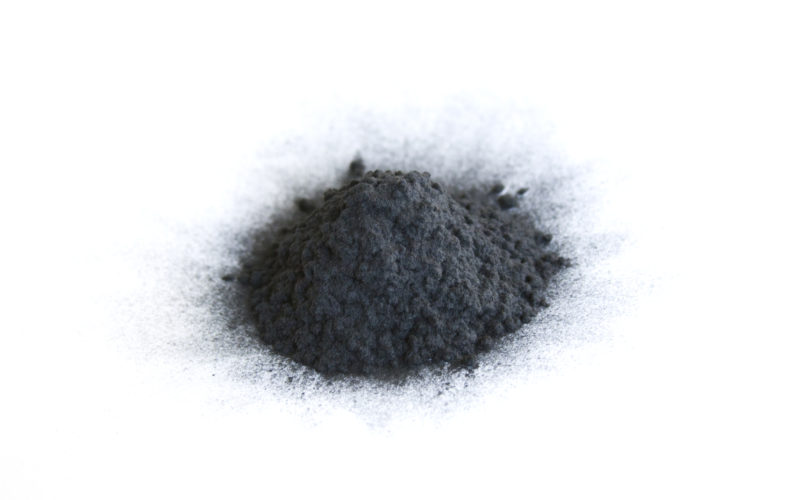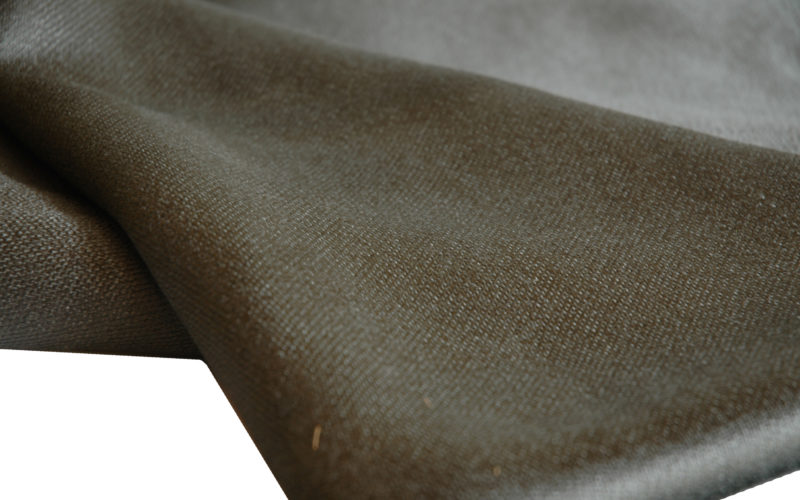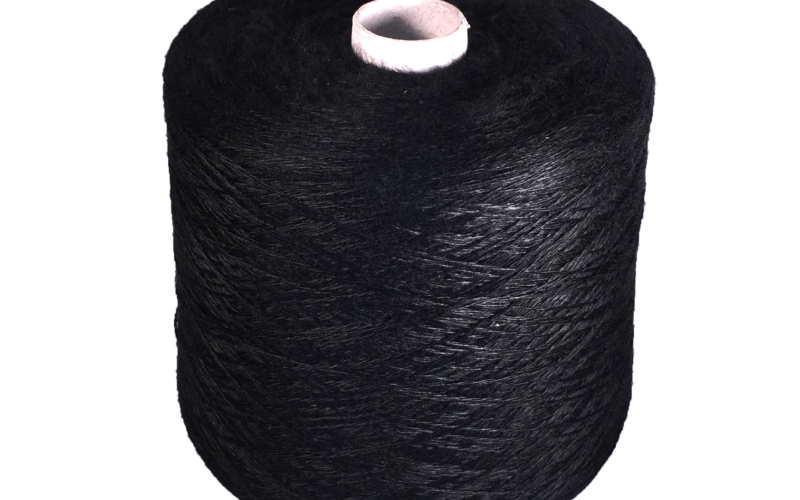ZOLTEK Carbon Fiber
Zoltek’s primary form of carbon fiber, PX35, is made using a unique proprietary procedure and can be customized or manipulated to meet the needs of a specific application. It’s our team’s goal to harness the versatility and capabilities of carbon fiber through our robust product lines.
ZOLTEK PX35
Our commercial grade carbon fibers are known as ZOLTEK PX 35. Available in a variety of forms, ZOLTEK PX35 delivers unparalleled strength-to-weight performance at an affordable price.
ZOLTEK PX30
Our high-purity and high-thermal performance carbon fibers are known as ZOLTEK PX30. As a high purity and high-thermal performance material its various product forms are frequently used for fuel cells, carbon/carbon composites, energy storage battery, and many other specialty applications (outlined in the table below).
ZOLTEK OX
Our oxidized PAN fibers are known as ZOLTEK OX. ZOLTEK OX is inherently flame resistant, making it an effective heat-blocking and fire barrier material. It outperforms all other organic flame resistant fibers in terms of limiting oxygen index and does so at a very competitive price.
ZOLTEK Recycled Fiber
ZOLTEK also offers unmatched efficiency and sustainability with our ZOLTEK Recycled Fiber product line. Our recycled carbon fiber modulus is basically the same as virgin carbon fiber, but with a 20-40% cost-savings.

